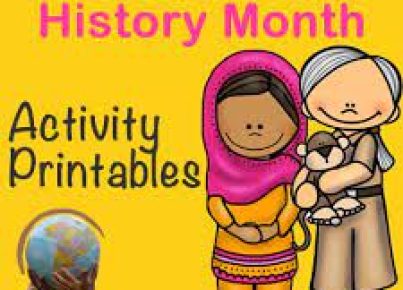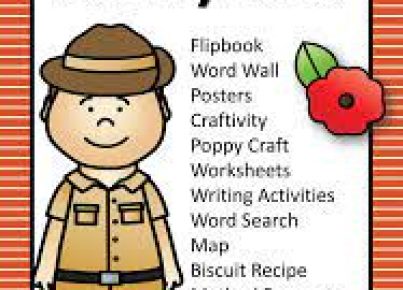Introduction:
The Bill of Rights is an essential part of American history and the Constitution. It’s crucial to introduce young learners to the 10 amendments that make up this historical document. To make the learning process fun and engaging, here are 15 activity ideas for your students:
1. Bill of Rights Bingo: Create a custom bingo sheet with the rights listed in the Bill of Rights. Call out scenarios or descriptions relating to each right, and have students mark their sheets accordingly.
2. Amendment Matching Game: Write out the text for each amendment on index cards, then match each card to a simplified summary or illustration representing its main idea.
3. Skits or Role-plays: Divide your class into groups and have them act out scenarios inspired by the amendments within the Bill of Rights.
4. Music and Jingles: Encourage your students to create short songs or jingles to help them memorize key aspects of each amendment.
5. Board Game Creation: Have students create board games based on trivia questions involving the Bill of Rights.
6. Coloring Sheets: Provide coloring sheets for younger learners that visually represent each amendment, allowing them to engage in the material artistically.
7. Interactive Online Resources: Utilize educational websites and apps that focus on teaching the Bill of Rights through interactive quizzes, games, and videos.
8. Wordsearch & Crossword Puzzles: Design word searches or crossword puzzles with important terms from the amendments, encouraging your students to learn vocabulary as they solve clues.
9. Debate Club: Organize debates on controversial topics connected to specific amendments within the Bill of Rights, helping students strengthen their critical thinking skills.
10. Storyboard Creations: Challenge students to create storyboards that visually depict how life would be different without each specific amendment from the Bill of Rights.
11. Creative Writing Prompts: Have your students write essays, short stories, or poems inspired by the Bill of Rights’ amendments.
12. Bill of Rights Timeline: Guide students in creating timelines for how the amendments were established and the important events that led to ratification.
13. Breakout Box: Develop a breakout box activity for your class centered around the Bill of Rights, utilizing critical thinking puzzles tied to each amendment.
14. Poster Campaign: Instruct your students to create posters that educate their peers on the importance and significance of each amendment from the Bill of Rights.
15. Field Trip: Plan a trip to a local museum, historical site, or government building that highlights the history and relevance of the Bill of Rights, giving children the opportunity to connect their learning with real-world experiences.
Conclusion:
By providing young learners with fun and engaging activities, you help make learning about the Bill of Rights an enjoyable experience. These activities not only teach students about essential aspects of American history but also foster critical thinking, creativity, and teamwork.





